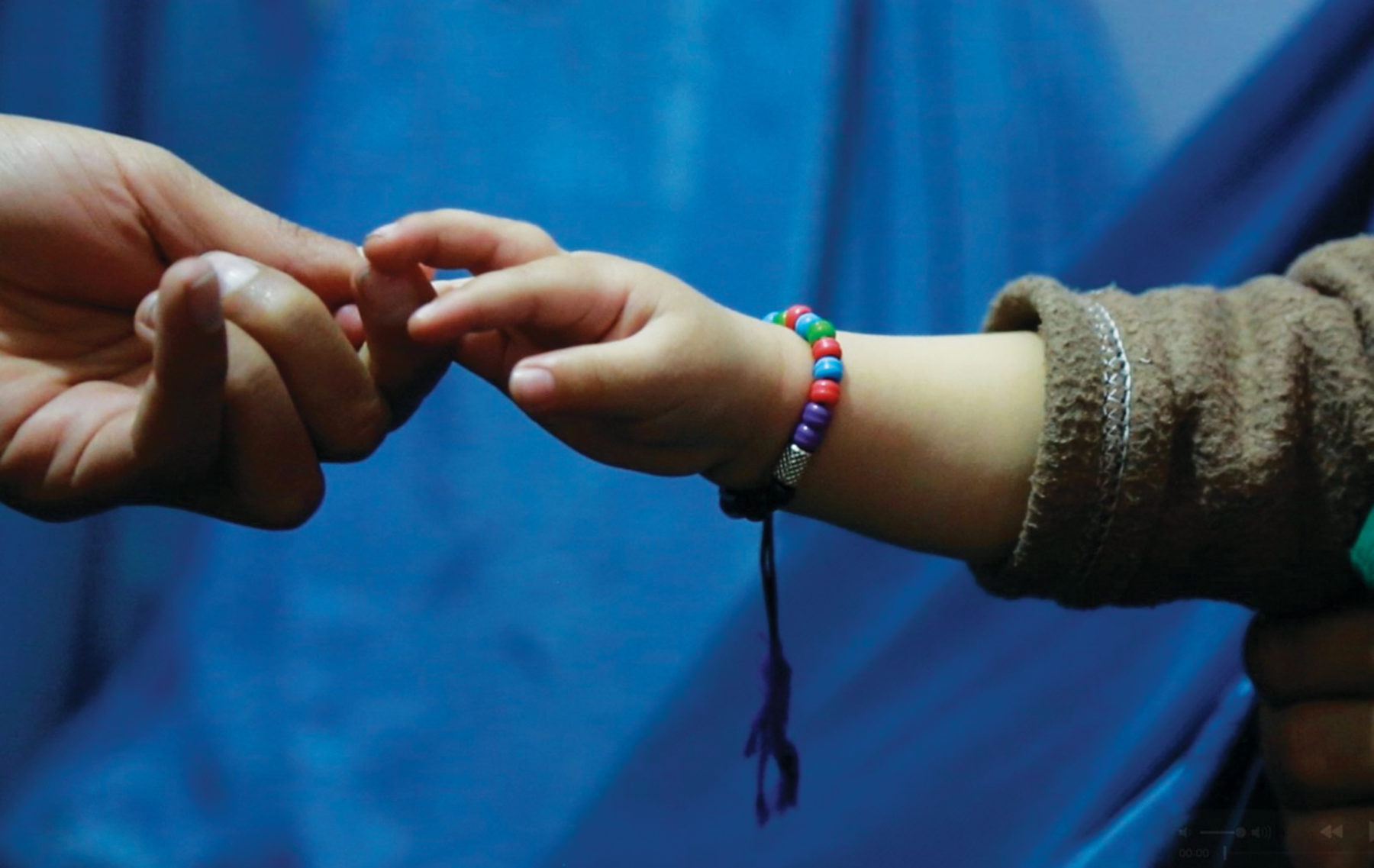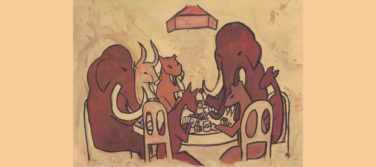This is a great time to be a creative working in healthcare advertising. The conflux of technology with all aspects of healthcare has created an estuary of rich creative opportunities. What is most exciting about this particular moment in time is that these opportunities aren’t limited to exploring creativity, but are able to effect real change, to actually improve people’s health. The power of a good idea to literally change the world one person at a time is being borne out in real time.
Great advertising has always motivated its audience to take action, but the work being produced today is motivating people to take actions that will promote health, save lives, and advance the healthcare experience. Call them disruptive or interruptive, examples of campaigns that are functioning at this elite level aren’t hard to find if you look at what’s winning at the more prestigious healthcare award shows.
Campaigns That Interrupt Lives
The Immunity Charm campaign for the Ministry of Public Health in Afghanistan uses indigenous jewelry traditions to turn immunization into a tradition for babies. This low-fi idea uses different color plastic beads on a baby bracelet to keep a running diary of which vaccinations a baby has had.
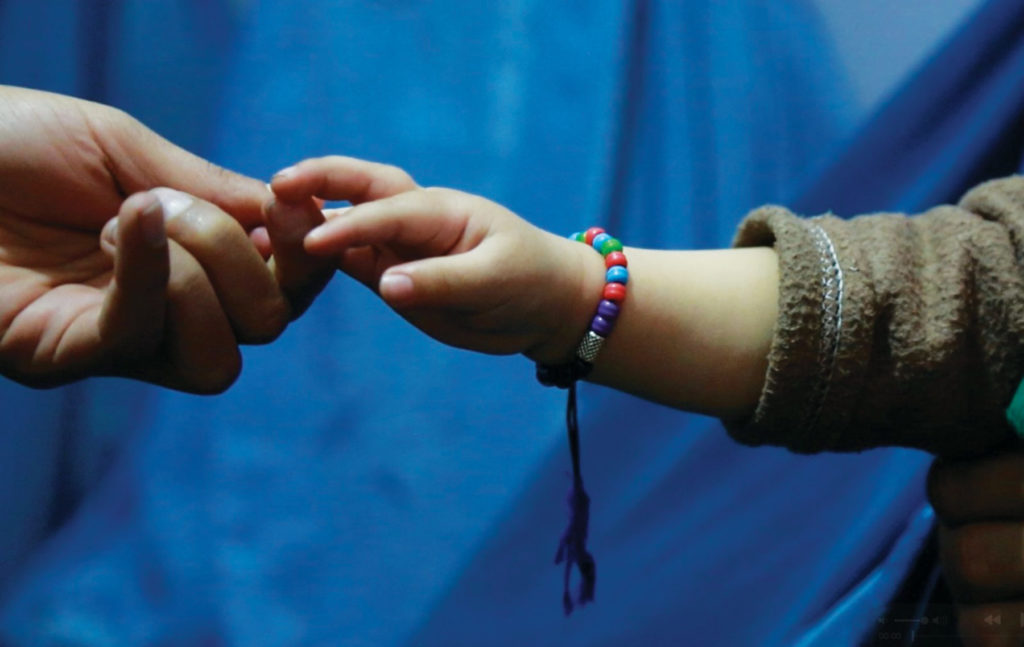
The Hearing Test in Disguise campaign created a movie experience that exploited the inability of hearing-impaired audience members to follow the plot. At the conclusion of the screening, participants were asked whether the ending was happy or sad. It was ultimately revealed that the ending was a happy one, which suggested to those who coded it as sad, how much they would likely benefit from getting their hearing checked. The stark reality of how much they were misinterpreting (or missing completely) compelled people to take action.
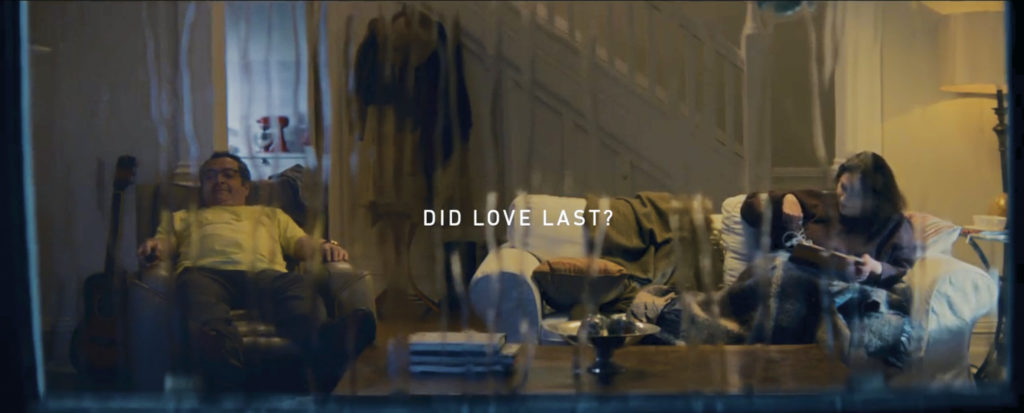
The Hardest Crossword campaign for the Alzheimer’s Foundation of America forced the unwitting crossword-solving public to confront what it’s like to battle with the disease by creating crossword puzzles that proved impossible to solve. The experience reinforced how maddening it would be if Alzheimer’s caused you to lose the ability to handle the simple details of daily life.
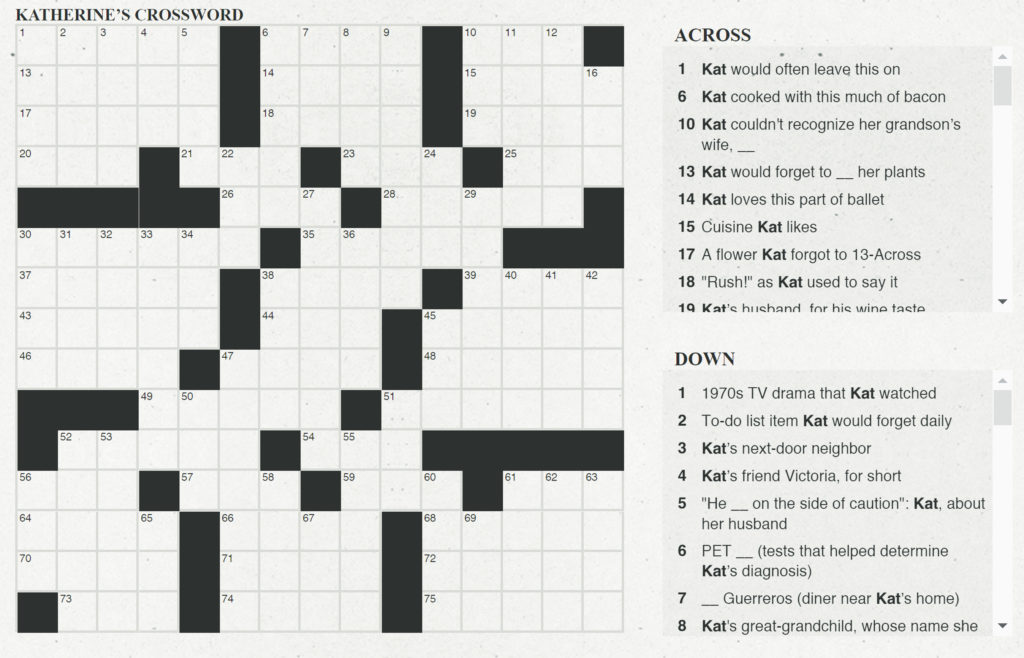
These three campaigns, all of which challenge behaviors and attitudes to improve the health and well-being of people, are sweeping up the hardware at award shows. The old adage of asking if a campaign has “legs” has been replaced with the question of if it has “wings” to take off and “arms” to lift up a specific populace. It is now generally accepted in senior creative circles that social impact is a key performance indicator that’s quickly becoming the perennial objective on creative briefs. The old subjective measure of what’s “good” creative has side-stepped over to what’s a force for “good.”
The Power of Advertising
In the judges’ circles at healthcare awards, arbiters are now evaluating if the “good” being purported by said campaign is a needed, worthwhile “good.” That fact illustrates how potent the work being done today can be, how powerful creative ideas have the potential to be. Disruption and health intervention have become table stakes. Nevertheless, there is more work-with-a-capital-W to be done. The obvious frontier to conquer is determining how to translate the full power of our collective creative muscle into branded campaigns for actual therapies. (Cue all the noise and well-covered ground about the regulatory environment in the U.S. being prohibitive to doing great work in the branded space.)
It is precisely because of the power of advertising that the FDA imposes such tightly circumscribed standards on the places branded creative can go. The reason every TV spot you see for a therapy feels stilted, inauthentic, and forced…is because it is. The rules of the game are such that artifice is the only way through. It’s not that the lawyers and regulatory governors are conspiring against the creative souls dreaming up interesting ways to tell human stories, it’s that an iron-fisted lock is the only way they can ensure the public isn’t unduly hoodwinked when the subject matter has such vital consequence. Historically, brand stories have been muffled as a result.
But this brings us full circle. The principal reason it’s a great time to be working and creating in the health and wellness space is because the biopharma companies of the world are peaking. With full hyperbole-awareness guardrails on, a renaissance in neurological agents is underway, new targeted-genetic therapies are available almost daily, and immunotherapy is redefining the possible. Technology is manifesting and metamorphosing as medicine. The goal of branded creative campaigns should be to evolve along with it.
Creating Branded Campaigns That Do More
Imagine if text-recognition software allowed open text fields in branded online environments—empowering people to speak freely and truthfully—with the software being intelligent and nimble enough to discern what’s on label and eliminate what’s out of label via fair balance. That would be a game changer for branded content, effectively shelving the artifice. And that technology exists. All it takes is a few brave creative ideas to capitalize on it.
Can creative campaigns do more than raise awareness? Yes. The great ones already are. Unbranded campaigns are going beyond raising awareness to actually inciting action. Can branded campaigns do the same? Can they become a positive interjection in the health experience, a force for good rather than a nuisance laden with suspicion about their motive? Yes, yes, and yes.
Thankfully, excitedly, there is more Work to be done. No doubt, the power of a great idea to get a brand into the hands of those most in need is infinite. An interruption that saves a life ceases to be thought of as such. That’s what is so intoxicatingly alluring about being a creative in today’s day and age. Welcome to an interruption in what has been in healthcare advertising, and an introduction to what could be.

